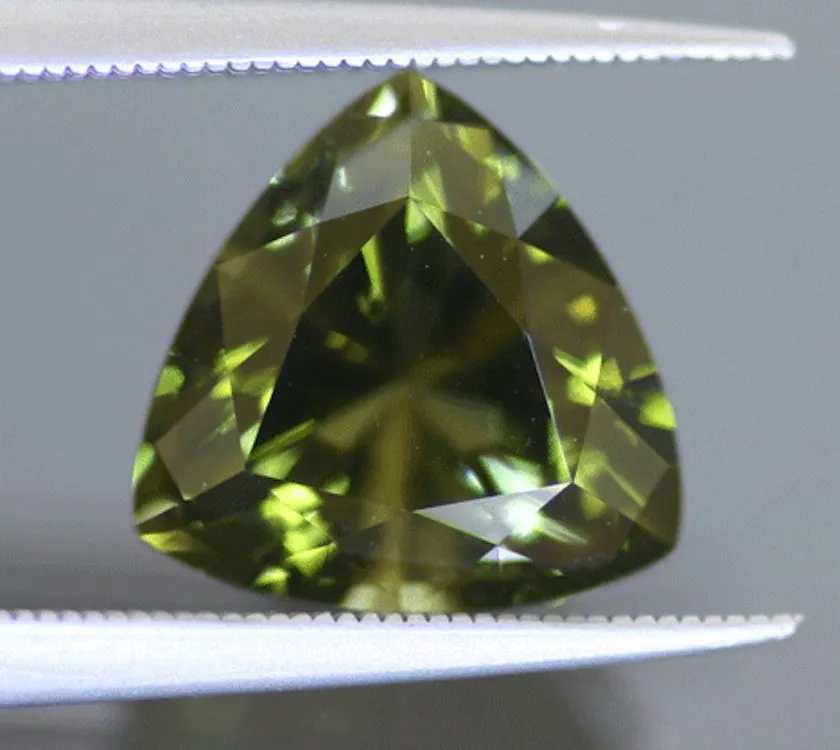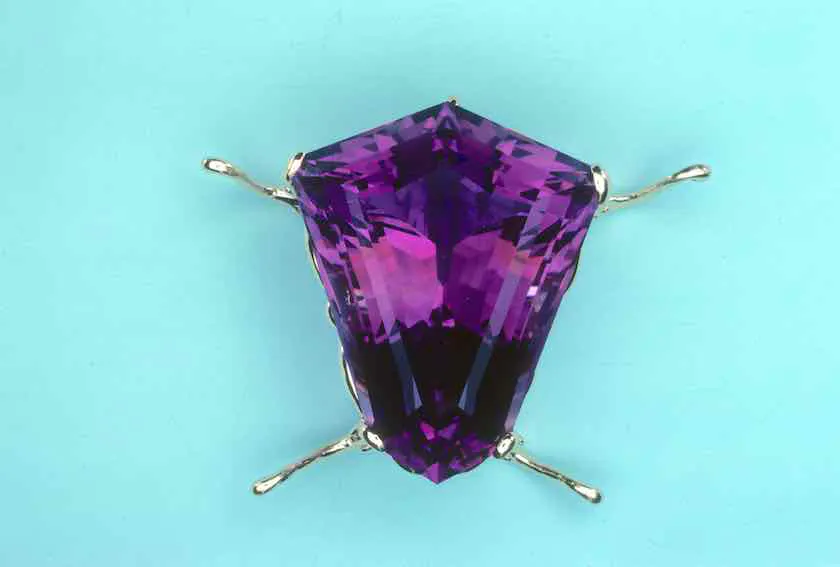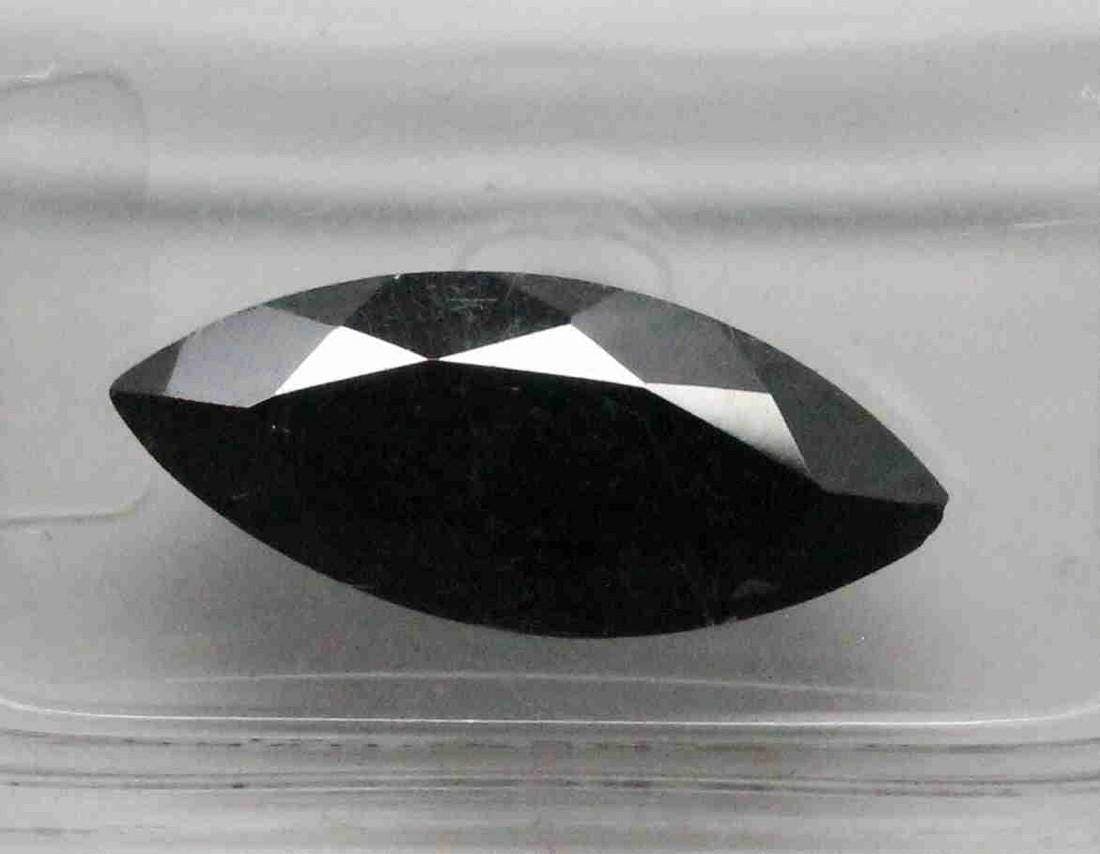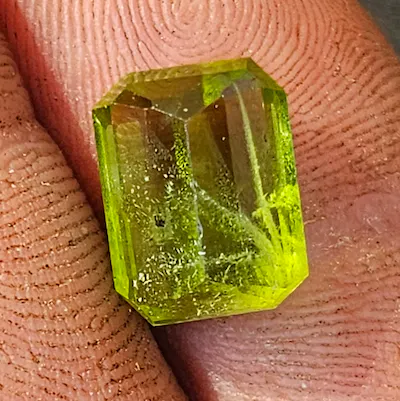News
Emerald Engagement Rings: Uniquely Green and Symbolic of Wealth and Nature
Picture the moment when you decide to take that significant leap and propose to your partner. The engagement ring you choose should be as unique as your love story, embodying not just your affection but also your shared values. This is where emerald engagement rings shine. Their captivating green hue not only draws attention but also symbolizes prosperity and nature’s beauty.
However, before you make a hasty decision, understanding what makes a quality emerald is paramount. Unlike other gemstones, there’s no universal industry standard for describing emerald quality. Therefore, assessing each stone individually is crucial. Exploring lab-made emeralds as an affordable and durable alternative is also worth considering. Your personal preference should guide your choice, and it’s essential to inquire about any enhancements and laboratory reports.
Take your time to select an emerald engagement ring that aligns with your preferences and budget. Embark on this thrilling journey with a piece of jewelry that is not only unique but also carries a profound symbolism, representing your love and commitment. At Melogems, we offer a range of emerald engagement rings, ensuring you find the perfect match for your romantic journey.
Emerald Engagement Rings
Emerald engagement rings continue to gain popularity among couples who seek a unique and stunning alternative to traditional diamond rings. The vibrant green color of emeralds and their symbolism of wealth and nature make them a desirable choice for those looking to make a statement with their engagement ring. In addition to their visual appeal, emerald engagement rings hold historical significance and create a meaningful connection to ancient traditions. When considering an emerald engagement ring, there are several factors to keep in mind to ensure that you make the right choice for your loved one.
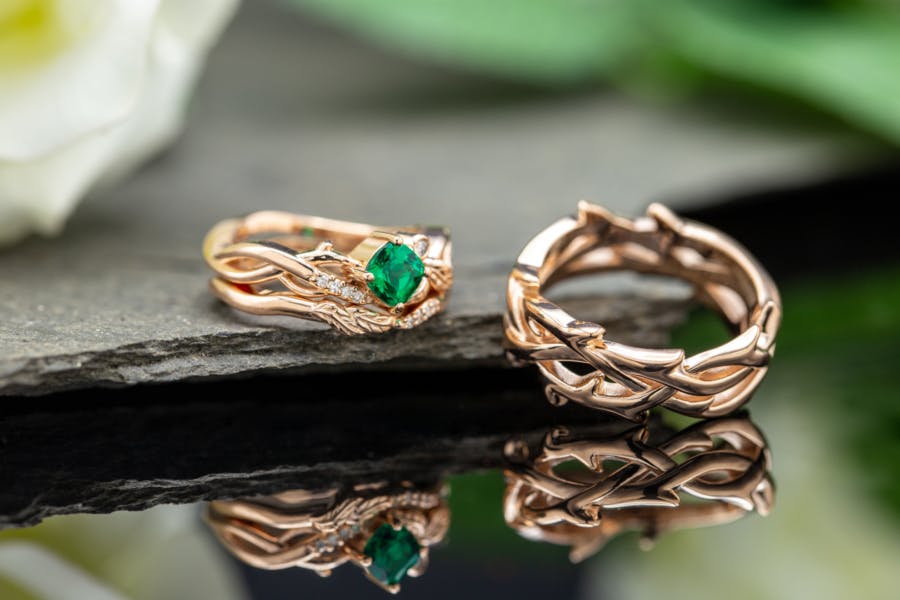
Factors Affecting Emerald Quality
When evaluating emeralds for engagement rings, it is crucial to assess the quality of each individual stone. Unlike diamonds, there is no standardized grading system for emeralds, making it important to consider various factors such as color, clarity, and cut. The color of an emerald is especially significant, as it is the most noticeable characteristic of the stone. Ideally, emeralds should possess a deep, rich green color with excellent saturation. Clarity refers to the presence of any internal or external flaws within the stone. While some emeralds may have slight inclusions, they should not be overly noticeable or affect the overall beauty of the gem. Lastly, the cut of an emerald determines its brilliance and how well it interacts with light. A well-cut emerald will exhibit excellent symmetry and proportions, enhancing its natural beauty.
Lab-made Emeralds as an Option
For those who prioritize affordability and durability in their engagement ring, lab-made emeralds can be an excellent alternative to natural emeralds. Created in laboratories under controlled conditions, lab-made emeralds offer the same chemical composition and physical properties as their natural counterparts. These synthetic gems are much more affordable than natural emeralds while still maintaining the stunning green color that emeralds are known for. Furthermore, lab-made emeralds are often more durable than natural emeralds, as they lack the internal flaws commonly found in natural stones. This makes them a practical choice for engagement rings that will withstand daily wear and tear.
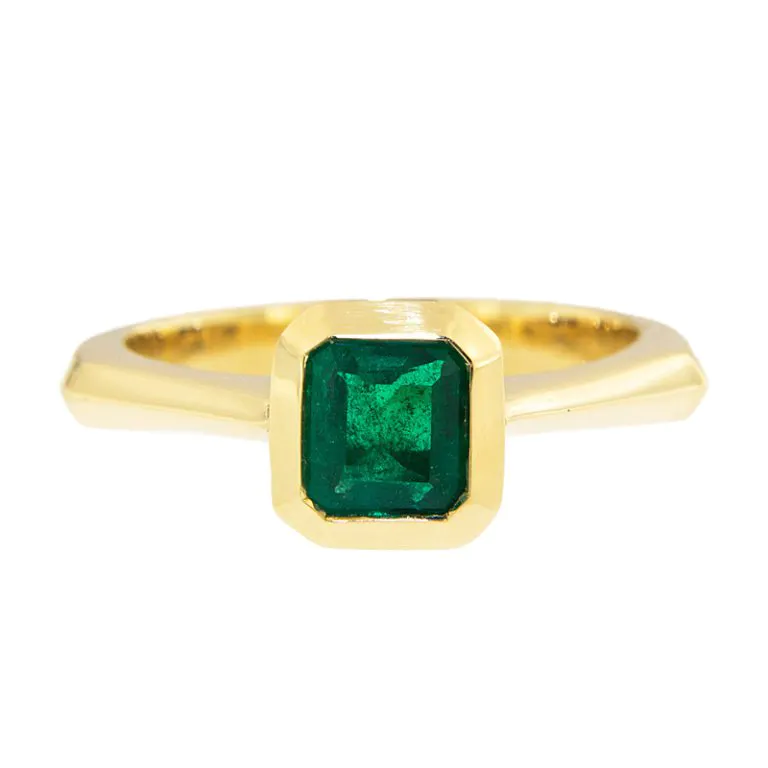
Importance of Emerald Color
The color of an emerald is perhaps its most important characteristic and one that should guide your selection process. Emeralds are known for their vivid green color, often described as “emerald green.” The color is the result of chromium or vanadium impurities present within the mineral beryl, which gives emeralds their distinctive hue. The ideal color for an emerald is a rich, vibrant green with a high level of saturation. The presence of a bluish or yellowish secondary hue can detract from the beauty of the stone. When choosing an emerald engagement ring, consider your partner’s personal preferences and select a stone that showcases their desired shade of green.
Enhancements and Laboratory Reports
It is essential to inquire about any enhancements that may have been applied to an emerald. Enhancements are treatments done to improve the appearance of the stone or mitigate any imperfections. The most common enhancement for emeralds is the use of oil or resin to fill surface-reaching fractures. This filling process helps to enhance the clarity and overall beauty of the stone. However, it is important to note that these enhancements may require additional care and maintenance over time.
When purchasing an emerald engagement ring, it is advisable to ask the jeweler for a laboratory report or certification. A laboratory report provides an unbiased evaluation of the emerald’s quality, including information about its color, clarity, and any enhancements it may have undergone. Having a laboratory report can increase your confidence in the authenticity and value of the emerald.
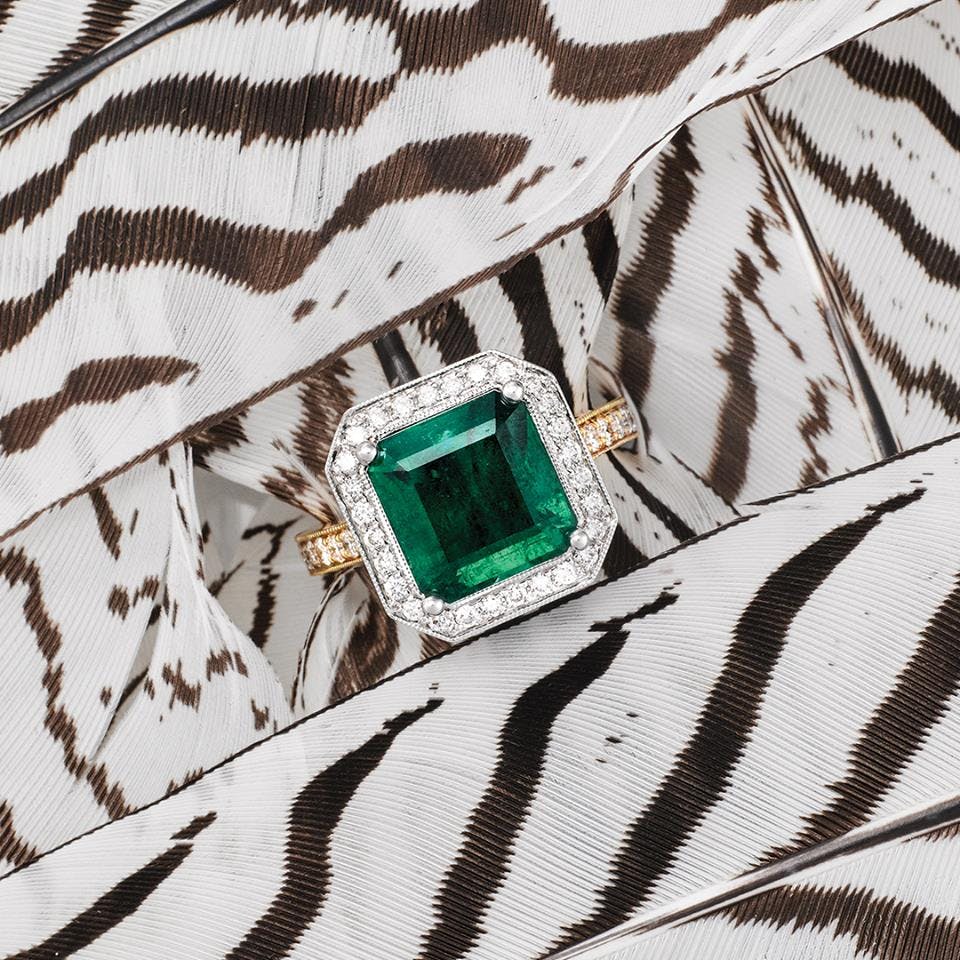
Historical Significance of Emeralds
Emeralds have a rich history dating back thousands of years and have long been associated with royalty and beauty. In ancient times, emeralds were treasured by numerous civilizations and were even believed to have healing powers and protective qualities. One of the most famous emerald enthusiasts was Cleopatra, who adorned herself with emeralds to express her wealth and beauty. Emeralds have also been associated with truths, abundance, and the renewal of springtime. By choosing an emerald engagement ring, you not only embrace its natural beauty but also connect to a long-standing tradition that spans generations.
Sources of Emeralds
Emeralds can be found in various countries worldwide, with each location having its unique qualities and characteristics. Colombian emeralds, in particular, are highly sought after due to their exceptional color and unparalleled beauty. Known for their deep, lush green color, Colombian emeralds are considered some of the finest in the world. Their quality and rarity contribute to their commanding higher prices in the market. Other notable sources of emeralds include Zambia, Brazil, and Ethiopia, each offering distinct variations in color and appearance.
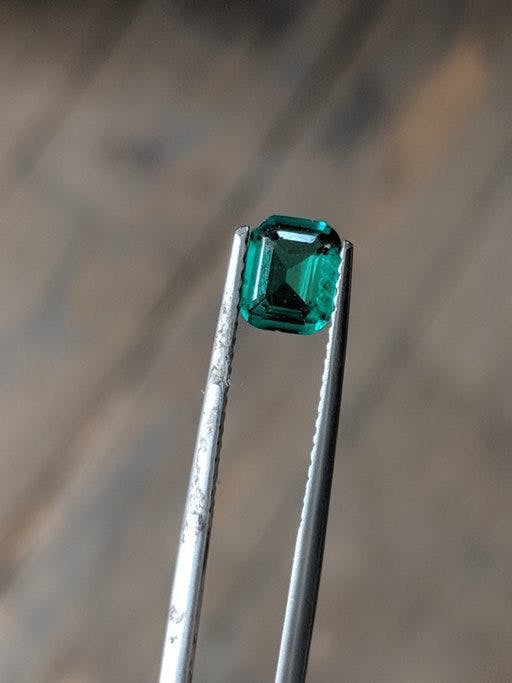
Choosing an Emerald Engagement Ring Stone
When selecting an emerald for your engagement ring, there are several considerations to keep in mind. First and foremost, evaluate the color, clarity, and carat weight of the stone. Aim for a vibrant green color with excellent saturation and minimal inclusions that affect the overall beauty of the stone. The carat weight will determine the size of the emerald and should be chosen based on personal preference and budget. Additionally, it is essential to examine the stone for color zoning, windowing, and extinction. These characteristics can impact the overall aesthetics of the emerald and may affect how it sparkles and interacts with light.
Clarity and Enhancements
It is important to understand that emeralds commonly have inclusions and internal flaws. Unlike diamonds, which are prized for their clarity, emeralds are appreciated for their unique green color. Thus, compromises in clarity are expected and should not detract significantly from the stone’s beauty. Many emeralds undergo oil or resin enhancements to improve their appearance. These treatments fill any surface-reaching fractures, enhancing the clarity and overall visual appeal of the stone. While these enhancements are commonly used, it is important to consider their long-term care requirements and maintain the stone accordingly.
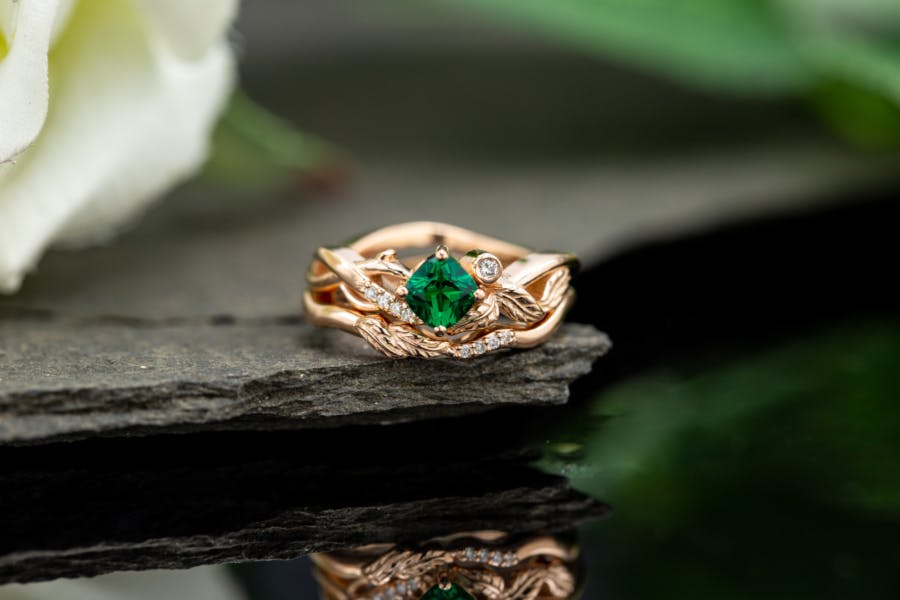
Choosing Based on Preferences and Budget
In the end, the choice of an emerald engagement ring should be guided by personal preferences and budget. Consider the unique characteristics that you and your partner value in an engagement ring. Whether it’s a vibrant green color, a particular size, or a specific source of origin, prioritize these preferences when selecting the perfect emerald. Set a budget that aligns with your financial means, and explore both natural and lab-made options to find the best fit.
Emerald engagement rings offer a distinctive and captivating alternative to traditional diamond rings. The allure of emeralds lies not only in their natural beauty and symbolism but also in their historical significance. By understanding the factors that affect emerald quality, exploring lab-made alternatives, appreciating the importance of color, considering enhancements and laboratory reports, and acknowledging their historical prominence, you can confidently embark on the journey of selecting the perfect emerald engagement ring.


